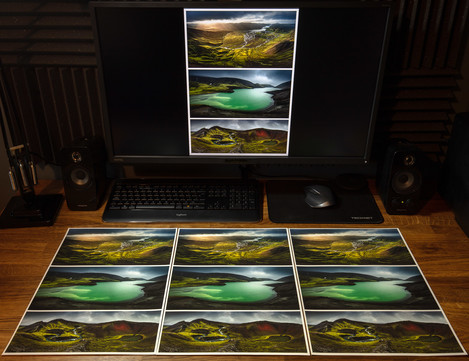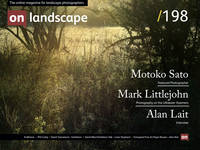What’s the practical difference between these papers?

Alex Nail
Alex Nail is a professional mountain photographer who regularly backpacks in remote landscapes. He leads adventurous workshops in the UK and abroad and works for UK tourism and conservation organisations. He is a strong advocate for maintaining the realism of landscape photography.
There’s always been an aspect of ‘Emporer’s New Clothes’ when discussing fine-art printer papers. There are plenty of articles online explaining gamuts, d-max, substrates and coatings as if they are the be-all and end-all. The particularly technically minded love delving into detail in search of the absolute best and I’ve been down that road myself, but it’s not for everyone.
What most people will want to know is: What’s the practical difference between these papers and will the resultant prints be the best they could possibly be? (spoiler: yes!). With that in mind here’s a pragmatic explanation of some of Fotospeed’s Fine-Art Papers and my personal choices.
For my own printing I’m interested specifically in fine-art papers which can be used in my Canon Pro-1000 inkjet printer, this process is commonly known as ‘giclee’ and (despite sometimes having a slightly smaller gamut) compares favourably to C-type (or lightjet) on a few counts namely:
- The paper weights are generally heavier and therefore suitable for “hinge mounting” in a frame without noticeable warping.
- The paper weight itself makes these prints tactile – they feel as good as they look.
- True matt finishes in a variety of textures are available.
- You don’t need a printer the size of a building to produce state-of-the-art giclee prints!
Since I have a personal bias towards matt papers I spend a bit of time comparing matt and gloss and more time talking about the matt papers generally.
Colour Management
Before we get started, I do have to add one important caveat. Unfortunately picking a nice paper is pointless if you don’t have a good printer, an accurate print workflow and a solid (although not necessarily comprehensive) understanding of colour management.

With good colour management and neutral lighting, you should be able to produce prints which are almost identical to what you are seeing on screen.
Paper Types
Fine-art papers can broadly be broken down into 2 categories, Matt and Glossy.

